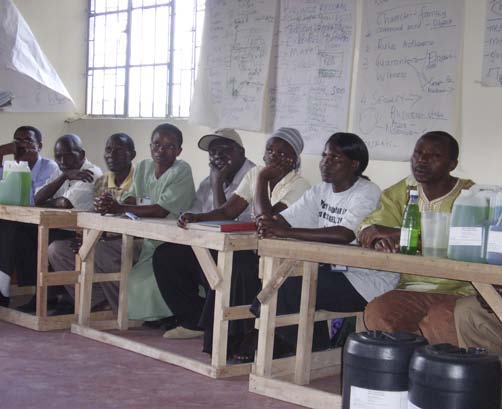|
||||||||||
| This case shows the importance of diagnostic tools in addressing deficiencies in order to express a public vision for a place. Lessons can be learned from situations where the need for strategic action is recognized. | ||||||||||
|
||||||||||
In Kenya, the Local Authority Service Delivery Action Plans (LASDAP) programme aimed to get the community engaged in identifying their priorities for investment in service improvement. Plans created in this process were meant to determine the allocation of funds and identification of strategies. However, in many cases, the programme did not go low enough. It stopped at the electoral ward level, where it tended to get hijacked. In other cases, community consultation and collaboration easily became politically driven and lost transparency. Local authorities often involved representatives of only a few powerful community organizations and the large number of the poor lost out. In response to shortcomings in implementing LASDAP at a local level, Practical Action, a UK-based charity, formed a partnership with Kitale Municipal Council, community groups and NGOs to ensure that the consultation process included low-income and informal communities. In 2001, a systematic scan survey was conducted to identify and map needs for a wide range of services across all 10 wards of Kitale. An inventory of all stakeholders was developed to identify potential partners and areas of collaboration. The survey identified the informal settlements in greatest need and three were prioritized. A participatory neighbourhood planning approach in each settlement produced development and investment plans and guided the formulation of innovative solutions to sanitation, transportation and other issues. Furthermore, collaboration provided key changes to help efforts towards:
| ||||||||||
| ||||||||||
| More Making Planning Work case studies |
|
|||||||||||||||||||||||||||
| Updated 01 June 2006 | |||||||||||||||||||||||||||
